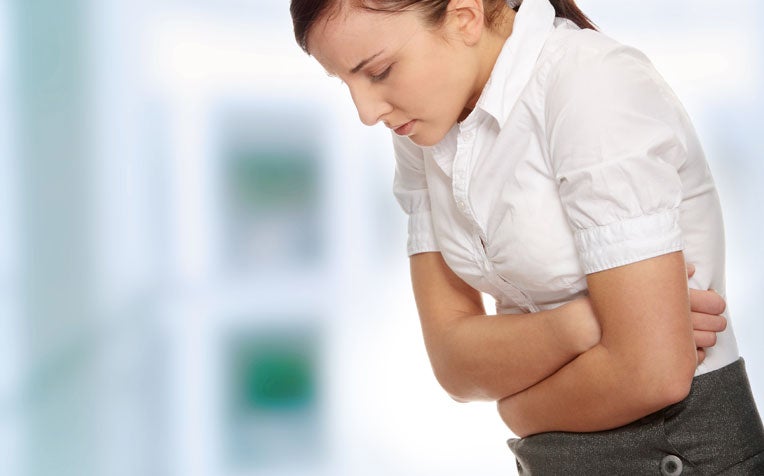
Ovarian cysts are usually harmless. However, they can cause painful symptoms.
Cysts refer to fluid-filled sacs that are not a normal part of the tissue where they are found. These can develop in any part of the body. Ovarian cysts are cysts that are found within or on the surface of an ovary. It’s not uncommon for women to develop ovarian cysts at some point during their lifetime.
Types of ovarian cysts
Ovarian cysts are divided into two broad categories: functional and non-functional. The most common ovarian cysts are functional (or physiologic) cysts – benign cysts that develop as part of the normal menstrual cycle, mainly during a woman’s childbearing years. During the menstrual cycle each month, a follicle or normal fluid-filled sac grows on the ovary and holds the egg. When the egg is mature, the sac usually breaks and releases the egg during ovulation.
Follicular cysts, the most common type of ovarian cysts, develop when the follicle fails to rupture and release the egg, but retains the fluid to form a cyst in the ovary. Also related to the menstrual cycle are corpus luteum cysts, which occur after an egg has been released from a follicle. The remaining area of tissue, known as a corpus luteum, usually breaks down and disappears if pregnancy doesn’t occur, but may fill with fluid or blood and persist as a cyst, with no symptoms, and usually only on one side of the ovary.
Non-functional cysts are caused by disease and include dermoid cysts and endometriotic cysts.
A cyst is usually detected during a physical or pelvic exam or during an ultrasound test.
Signs and symptoms of ovarian cysts
Most of the time, ovarian cysts don’t cause any symptoms and are harmless. However, there are rapidly growing cysts that rupture or bleed or may cause symptoms such as:
- Lower abdominal or pelvic pain shortly before or after beginning a menstrual period, during intercourse, or during strenuous movement. This may be in the form of a constant, dull aching pressure or sudden and severe pain, often accompanied by nausea and vomiting
- Abdominal distension
- Weight gain
- Irregular menstrual periods
- Frequency or difficulty in urinating in the case of large cysts
- Constipation or pain during bowel movements in the case of large cysts
- Nausea and vomiting for severe conditions
Make an appointment with a doctor if you have these symptoms, have severe pain or abnormal bleeding, and if the following symptoms have persisted for at least two weeks:
- Getting full quickly when eating
- Losing your appetite
- Losing weight without trying
Treatment and prevention of ovarian cysts
There are three categories of treatment for ovarian cysts:
- Conservative therapy: This involves having simple observation and regular ultrasound scans to monitor the size of the cysts.
- Medical treatment: The prescription of pain relief and hormonal medication, which regulate your periods and shrink the cyst at the same time, and prevent the formation of new ones.
- Surgical methods: Depending on your symptoms, the doctor may recommend the surgical removal of the cyst (cystectomy), or the cyst together with the ovary (oophorectomy) via a pelvic laparoscopy (keyhole surgery) or laparotomy, followed by chemotherapy if the cyst is found to be cancerous. In cases where a large ovarian cyst goes untreated, it may twist, causing ovarian torsion, and rupture suddenly, causing severe abdominal pain; emergency surgery will be needed.
Ref: T12
Contributed by














 Get it on Google Play
Get it on Google Play